How many bricks in 1 cubic meter m?
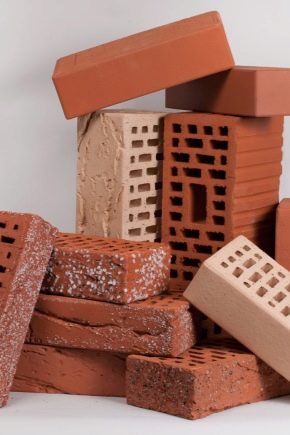
A good builder first counts and then builds, and a bad builder does the opposite. The first step is to prepare the tool and calculate the need for the materials used. It is important to understand what the building will cost. It is necessary to make sure that the consumable part is one batch, and it is enough. Excess is a sign of mistakes and wasted expenditures, a shortage leads to the risk of missed construction times and additional transportation costs. Thus, the estimate provides the conditions for a satisfactory result of the project or makes it more unprofitable.
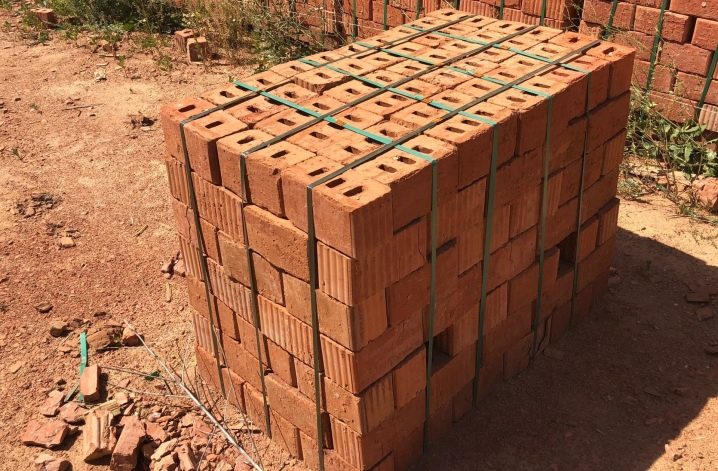
Some aspects when buying
Sellers will typically palletize shipments of one cubic meter per shipping unit. The buyer should check this. The main thing is not to overpay. The working brick has a standard, well-known shape, but different sizes. Market realities are such that some entrepreneurs can offer products without strict adherence to GOST. When accepting the goods, at least with the help of a square, the angle between the planes should be estimated, it must be strictly 90 degrees. Manufacturing defects will automatically lead to negative results in terms of the quality of the structure.
Determination of the quantity is possible by different methods. You can multiply the calculated volume of one brick by their total number. Knowing how many of them are in a row and the total number of rows reduces the solution of the problem to the multiplication of known numbers. It is less time consuming to take a measuring tool and measure the length of the edges in the package. The product of three dimensions will indicate how much space the product occupies, the result must be divided by the volume of one unit. This method is faster, but less accurate.

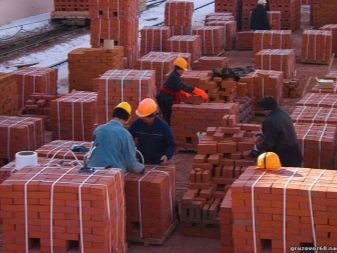

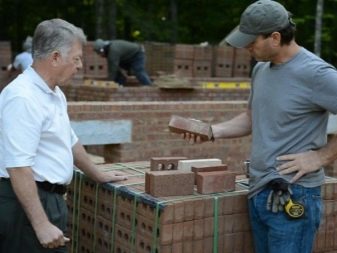
The number of bricks in one cube
The starting point for this calculation is the definition of the work item type. The classic red single brick is a thermally processed clay in a standard shape. Dimensions are 250x120x65 mm, where:
- the largest value is length;
- average - width;
- thickness is the smaller value.

Important! The one-and-a-half version for this measurement has 88 mm, the double - 138 mm.
White sand-lime brick is made in the same proportions, but it has less weight and, in terms of the quality of the material, less strength. Lightness is convenient for a bricklayer, but weakened fracture values reduce the overall reliability of the structure, and reduce the limits of use. The price is lower, but the quality is worse. To calculate the amount of 1 cubic meter. m of masonry, the average width of the seams and the thickness of the wall matters. Due to the use of mortar, the quantity per cubic meter when purchasing does not coincide with the number of units used when building the same volume. So you need to make adjustments in the process.
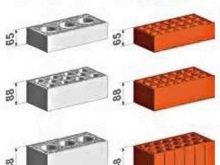
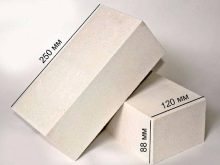
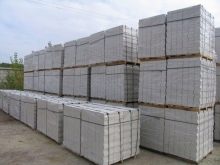
To calculate the number of pieces in a pack, you need to know the size of the brick. To form an application for the purchase of a batch, information is needed about the volume of the structure, what method will be used for laying. Different wall thicknesses, differences in design elements must be taken into account. It is necessary to add 5-10% to the calculated norm for all characteristics.
Single
The most popular option at a construction site may be to calculate the amount of red single bricks, which is done by applying standard mathematical rules. One single brick occupies a volume of 1950 centimeters in a cube.Accordingly, the number in a cubic meter is 1 cubic meter. m, divided by a known volume. Converting cubic centimeters to cubic meters, or, conversely, and rounding up to an integer when dividing, we get 513 pcs. in a cubic meter. Such indicators are used for transportation, but not after laying.
It is generally accepted that the average seam between bricks during their installation is 1.5 centimeters. If they are bonded with mortar along two planes, as is the case when laying "in the press", the width of the joint must be added to the standard dimensions in two dimensions. That is, “throw” 1.5 cm over the length and thickness. In this case, a single brick with seams will give dimensions of 26.5x12x8 cm, respectively, 394 pieces will be required after rounding up. Sometimes a builder wants to know how much a batch of 1000 or 3000 bricks will take when laid. In this case, you can apply the mathematical proportion - 394 pcs. in one cubic meter means that 1000 will provide a masonry of 2.5 cubic meters, and a batch of 3000 pieces. will satisfy the builder when building an object with a volume of 7.6 cubic meters. m.

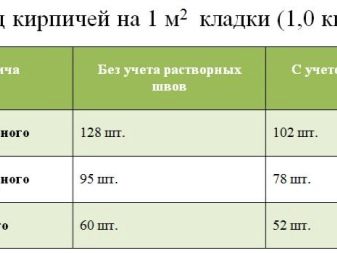
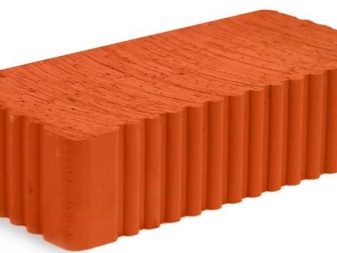
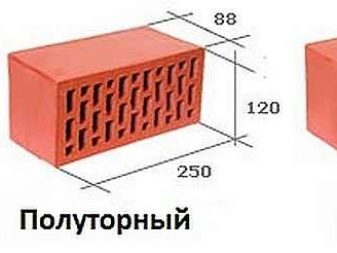
A different method of "screed" laying is used when the wall is supposed to be plastered. Here, the primary elements of the building are connected only between the horizontal rows. The consumption of the mixture in this case is less, but the laying material will be required more. When calculating the volume of the primary element, we add 1.5 cm only in length and we get 2067 cubic centimeters per one stacked unit. 484 pieces are required per cubic meter. Similar calculation methods are appropriate for other options for the stacked product.
It should be borne in mind that the dimensions and installation methods can not only change the need for mortar due to the seams, the average width of the seams in different structural elements can vary. All this should be carefully considered before starting work.
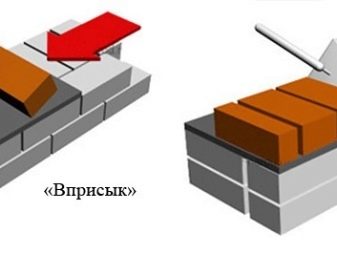
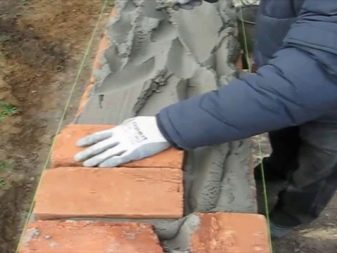
One and a half
The calculation of the number of one-and-a-half bricks in a cube does not fundamentally differ from the previous version, since the difference lies only in size, but not in the essence of mathematical operations. Since this standard measures 25x12x8.8 centimeters, the volume is 2640 centimeters cubed. One cubic meter upon purchase must contain 379 pieces. after rounding up. For normal installation with horizontal and vertical seams, the edges must be increased by 1.5 centimeters on both sides. So, we get 306 pieces per cubic meter after laying.
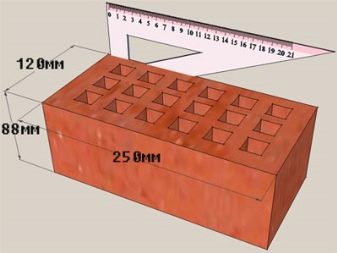
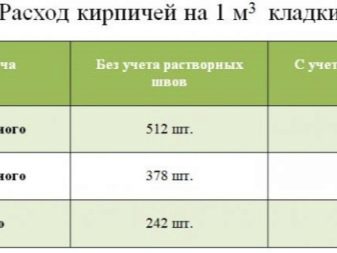
Double
The estimation of the requirement for double brick per unit volume is similar. The product on those planes 25x12x13.8 cm occupies a volume of 4140 cubic centimeters. Accordingly, there are 242 pieces per cubic meter. Per cubic meter of masonry with horizontal and vertical joints - 206 units. Those who like to use this option in order to save money should take into account that, in terms of permissible load, it is not suitable for the construction of foundations and lower floors, and is also too weak for serious loads. For the manufacture of foundations, a special chemically protected basement brick is sometimes used, measuring 23x11.3x6.5 cm. The results of similar calculations will be as follows: one brick occupies a volume of 1689.35 cubic meters. cm, so 1 cubic meter on a pallet will hold 592 pieces. Taking into account the seams in the laying of one cube, 452 bricks will be used.
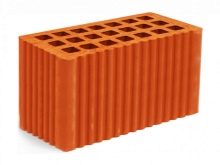
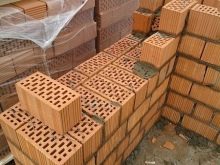
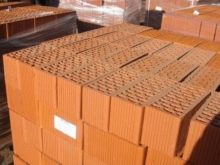
Calculations based on wall thickness
When calculating the total delivery lot, you need to know what the exact cubic capacity of the structure will be in detail, as well as in what ways this will have to be provided. Masonry in one brick gives a wall thickness of 25 centimeters, in two - 51 centimeters. Laying methods of 0.5, 1.5 and 2.5 bricks create wall thicknesses of 12, 38 and 64 cm, respectively. It is clear that the cubic capacity of a square meter of walls of various thicknesses will differ significantly. Masonry methods, brick sizes and wall thicknesses alter the basic calculations. It is convenient to present the initial data before starting work in tables.
Table 1. The number of bricks in one cubic meter
| Brick type | In a package (pieces) | In masonry with 2 seams (pieces) |
| single | 513 | 394 |
| one and a half | 379 | 306 |
| double | 242 | 206 |
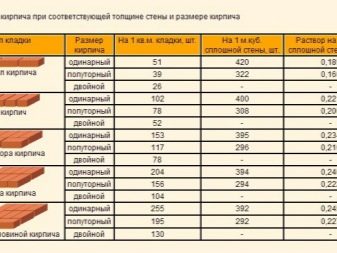
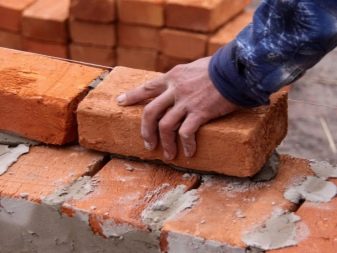
Material consumption per square meter of masonry
It is more convenient for some bricklayers to count not the number of pieces in a laid cubic meter, but how many units will be in a square meter of brickwork. In this case, the rate per square meter of surface is calculated, taking into account the thickness of the wall in the presence of seams of a certain size. The number of squares is the basis for assessing overall needs. However, in addition to what is discussed above, the builder needs to know exactly the weight of cement per cubic meter of the structure. The first aspect affecting the consumption of the building mixture is the type of brick. For a hollow product, more mortar will be required. The amount of cement in the bonding mixture is determined by the criteria for the strength of the structure and the grade of cement. It is generally accepted that when laying one cubic meter of ordinary (classic) brick, certain volumes of mortar are used.
Table 2. Consumption rate of the solution
| Masonry type | Wall thickness (cm) | Solution volume (cubic meters) |
| 0.5 bricks | 12 | 0,189 |
| 1 | 25 | 0,221 |
| 1,5 | 38 | 0,234 |
| 2 | 51 | 0,240 |
| 2,5 | 64 | 0,245 |

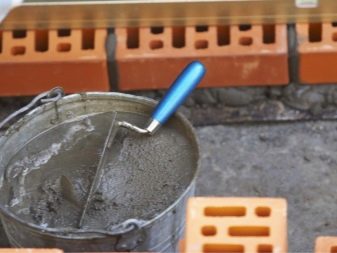
Larger bricks, due to less frequent crosslinking, reduce the need for mortar. To calculate the total amount of the mixture, you first need to determine the volume of the building structure. Each element of the construction object must be counted separately, and the results must be summed up. Cement grades are different, the higher - the more expensive, but the more expensive - the less it is needed to ensure the required strength. It is easiest to calculate the amount of material when erecting solid walls. The volume of the structure is determined by a simple product of the sides, then, taking into account the laying method, the amount of brick is determined, as well as the need for the mixture. Cement by brand and quantity must be purchased depending on the proportion in which it will have to be mixed with sand.
Suppose that as a result of the calculations it turned out that 4 cubic meters of the mixture would be required for construction. If a mortar with a low grade of cement is used, mixed according to the 1: 1 scheme, then it will be required in the amount of 50% of the dry mixture, which will be two cubic meters. If the mixture is prepared according to the 1: 3 principle, then 25% will be required, in our case - 1 cubic meter. If the proportion is 1: 4, then the cement will be one fifth, that is, 0.8 cubic meters. It remains to be seen how much one standard bag holds, given that it is estimated in kilograms.
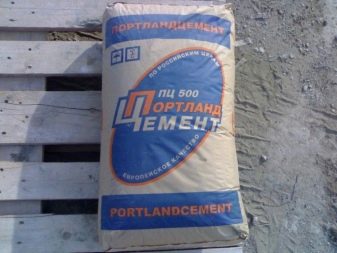

We take into account the stock
Masters advise buying bricks and cement not in an exact calculation, but still add another 5-10% to the calculated results. This is the so-called rule of various construction circumstances. The experience of the stacker or the quality of the product is not the least important here. When it comes to a consignment of goods, it should be remembered that the process of production, loading and transportation can lead to product defects. An important consideration when buying is that cement is not sold per cubic meter. A standard bag holds 25 or 50 kilograms. Converting cubic meters to kilograms is possible using the density value of the hardener. Usually this figure is taken as 1300 kg per 1 cubic meter.
For example, 2 cubic meters of cement is 2600 kilograms, 2600: 25 = 104 bags of 25 kilograms. As with the purchase of bricks, it is advisable to add 5-10% here, it is reasonable to take at least 2730 kg for the brand of product that you will have to use. Higher strength values allow less use. Low strength means more volume, high grade reduces volume in application, but increases the price of one bag of products. In practice, you need to know that a 10 liter bucket can hold 12 kilograms of sand and 14 kg of cement. Playing with the quality of materials and dimensions of bricks, the brand of cement and the type of masonry can significantly reduce the overall estimate, as well as critically reduce the strength of the structure.
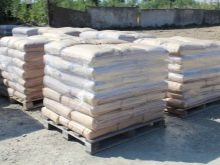

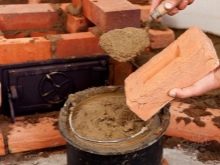
The components of success are correct measurements, accurate calculation and qualification of the paver with a tolerance of material consumption plus 5-10%.Anyone who does not want to overpay should be able to confidently use a calculator and simple mathematical operations. An accurate estimate is the first thing. Competent purchase and delivery is the second condition. A good installation job completes the job.
For how many bricks are in a cube and square meter of masonry, see the next video.













The comment was sent successfully.